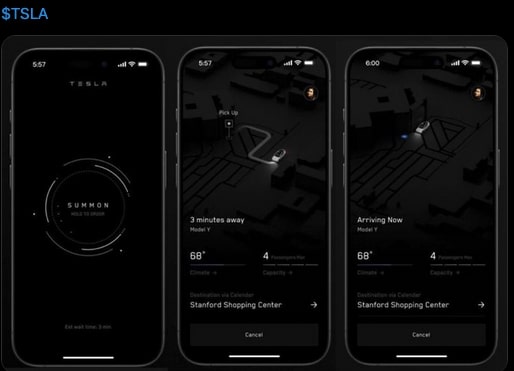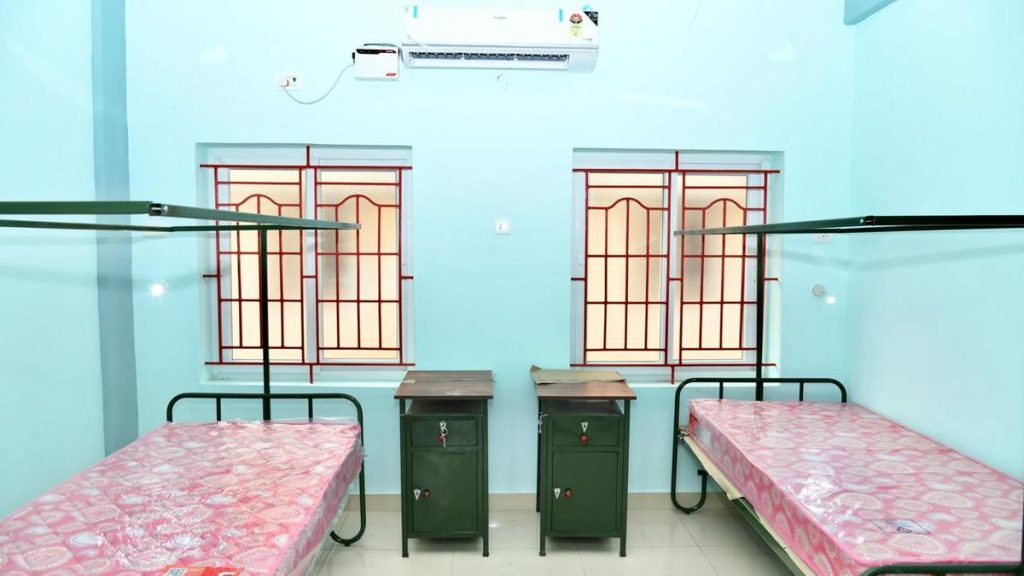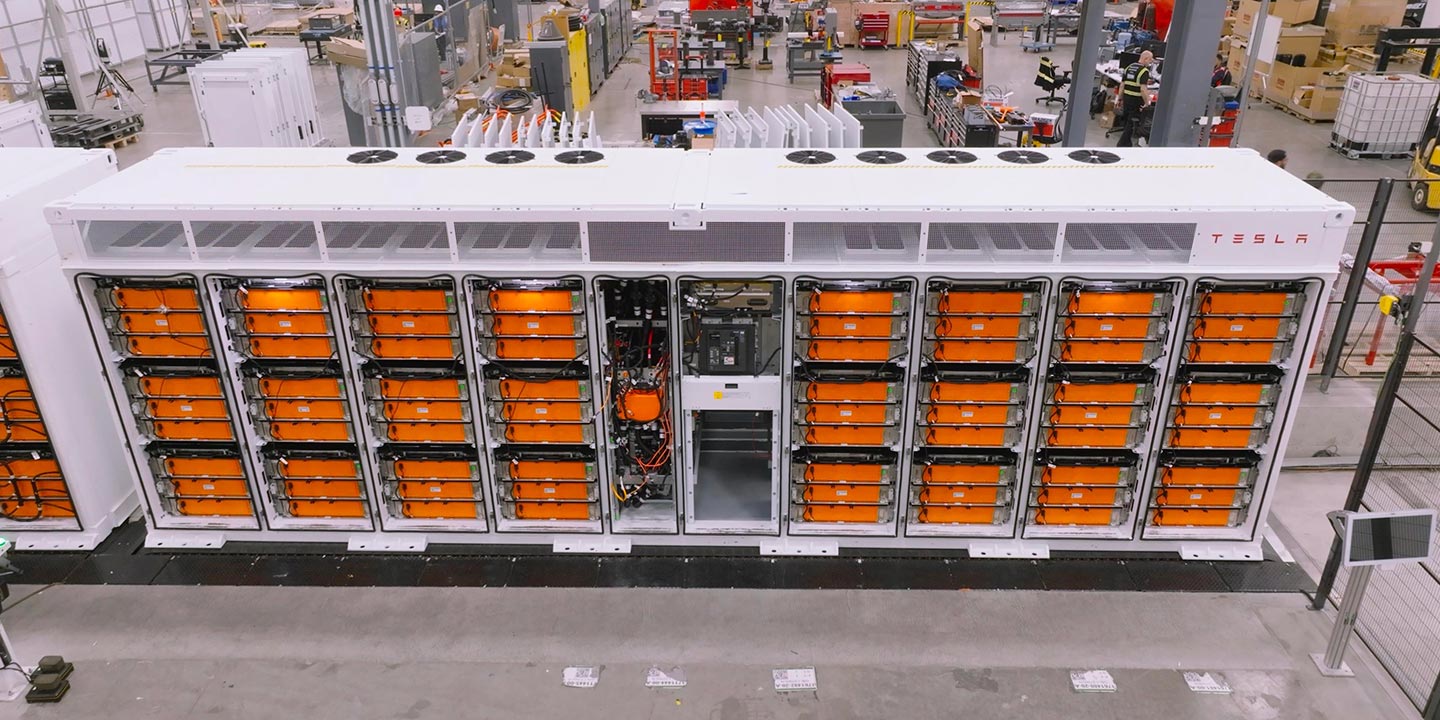Now Reading: Tesla Set to Launch Ridesharing Services in Austin This June
-
01
Tesla Set to Launch Ridesharing Services in Austin This June
Tesla Set to Launch Ridesharing Services in Austin This June

Fast Summary
- Tesla is launching its Robotaxi functionality in June in Austin, integrating supervised and unsupervised ridesharing within its Tesla app.
- Initial rollout includes 10-20 unsupervised vehicles and plans to gradually expand city coverage.
- Both company-owned fleets and customer-owned vehicles are part of the long-term strategy, necessitating car cleaning services for participating drivers.
- A mix of supervised rides (using model 3s/Ys) will prepare owners before transitioning to unsupervised services; employee rides have been trialed with supervised service using ~300 cars in Austin and SF Bay Area.
- “project Alicorn” Robotaxi app features include options like Confirm Pickup, Pull Over, Emergency Help, among others-all embedded within the Tesla main app.
- Austin may require 2,000-4,000 vehicles for optimal wait times; studies show average Uber wait times range from 8-22 minutes with city variation.
Indian Opinion Analysis
Tesla’s robotaxi ambitions reflect the growing applicability of autonomous technology within urban mobility ecosystems globally-including India’s potential future smart cities initiatives reliant on AI-driven transportation solutions. While this pilot focuses on Western markets such as Austin with infrastructural readiness for EV adoption at scale, challenges faced here-ranging from fleet management optimization to public acceptance-carry lessons translatable into India’s unique urban settings marked by density and high demand variability.
For India-which has seen rising interest in EVs through government incentives toward green mobility-the integration of autonomous ride-sharing could unlock environmental benefits (reduced emissions), time efficiencies via AI-based routing algorithms, but also raise concerns regarding socioeconomic dynamics such as job displacement among conventional transport workers like cab/tuk-tuk operators.
Exploring phased implementations similar to Tesla’s mix-model strategy could be crucial if attempts move forward regionally though local roads variability/ non-standardized mapping pose clear hurdles adjustment aligning ahead step behind Unit Safety/Data shapingLogicorithms Mode Frame (Road Test Mapping Likelihood excluding late volatility.



























